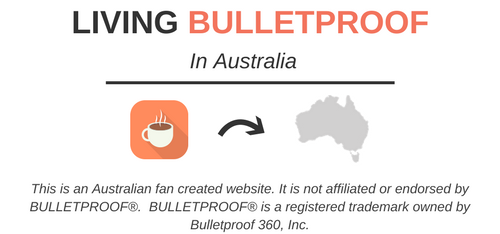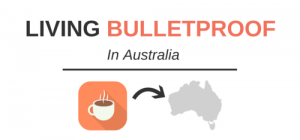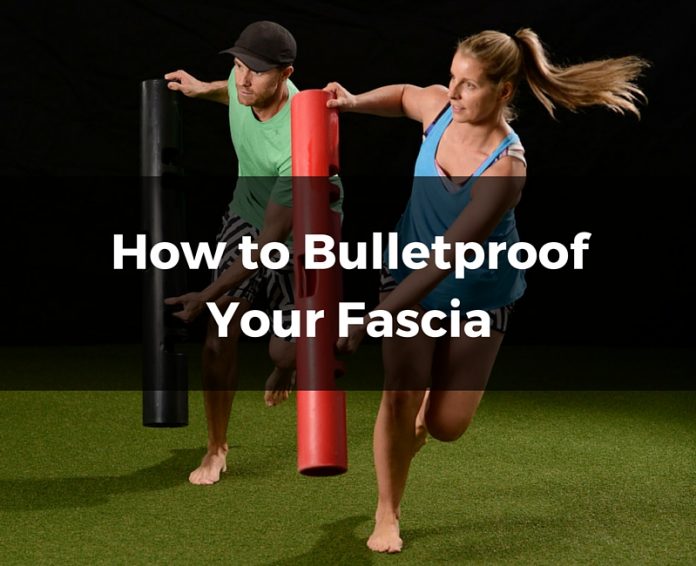Priscilla Flynn, Movement and Wellness Specialist from In2great Fitness has shared her best methods and tips on how to improve and strengthen our fascia, which is the connective tissue in our body around muscles and organs. Enter Priscilla:
In the Bulletproof community, we know about the important properties of collagen–the most abundant protein in the human body. We know what to eat (and what to avoid) to create healthy collagen. But do you know how to move to build resilient collagen and increase performance?
Collagen makes up one third of the protein found in our bodies and is most commonly found in the skin, bones and fascia. Fascia or connective tissue is an intricate web that provides structure to our frame and organises our organs, bones, joints and muscles from head to toe.
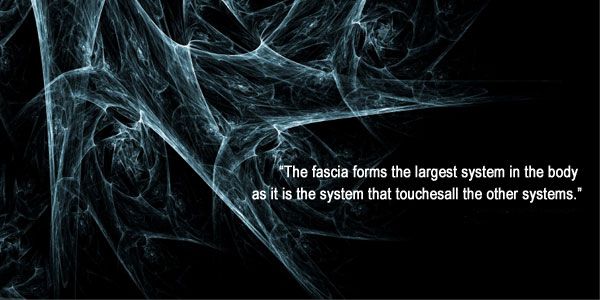 We have 9-10x more proprioceptors (sensors) in our fascia than we do in our muscles, rendering our fascial system incredibly powerful for navigating our environment. Fascia makes up 70% of our body, and is a tensegrity structure that seeks to mitigate force through its entire network. Because the fascial system touches all other systems, harnessing the power of your fascia makes you more efficient and resilient.
We have 9-10x more proprioceptors (sensors) in our fascia than we do in our muscles, rendering our fascial system incredibly powerful for navigating our environment. Fascia makes up 70% of our body, and is a tensegrity structure that seeks to mitigate force through its entire network. Because the fascial system touches all other systems, harnessing the power of your fascia makes you more efficient and resilient.
“Every anatomy textbook lists around 600 separate muscles. It’s more accurate to say there is one muscle poured into 600 pockets of fascial webbing” – Thomas Myers
An easy way to understand the role of fascia is in your body is to cut an orange in half, and view all the tiny segments that are interwoven, separated, and connected by fascia. Fascia is made of water, fibres, cells and the extracellular matrix. The fascial fibres are made from collagen and elastin. Collagen provides structural support, and elastin provides the degree of elasticity. The longer the collagen chains in our facia are, the more strength they give the body. Long, and strong chains are harder to make and are a factor of the right diet, and smart movement.
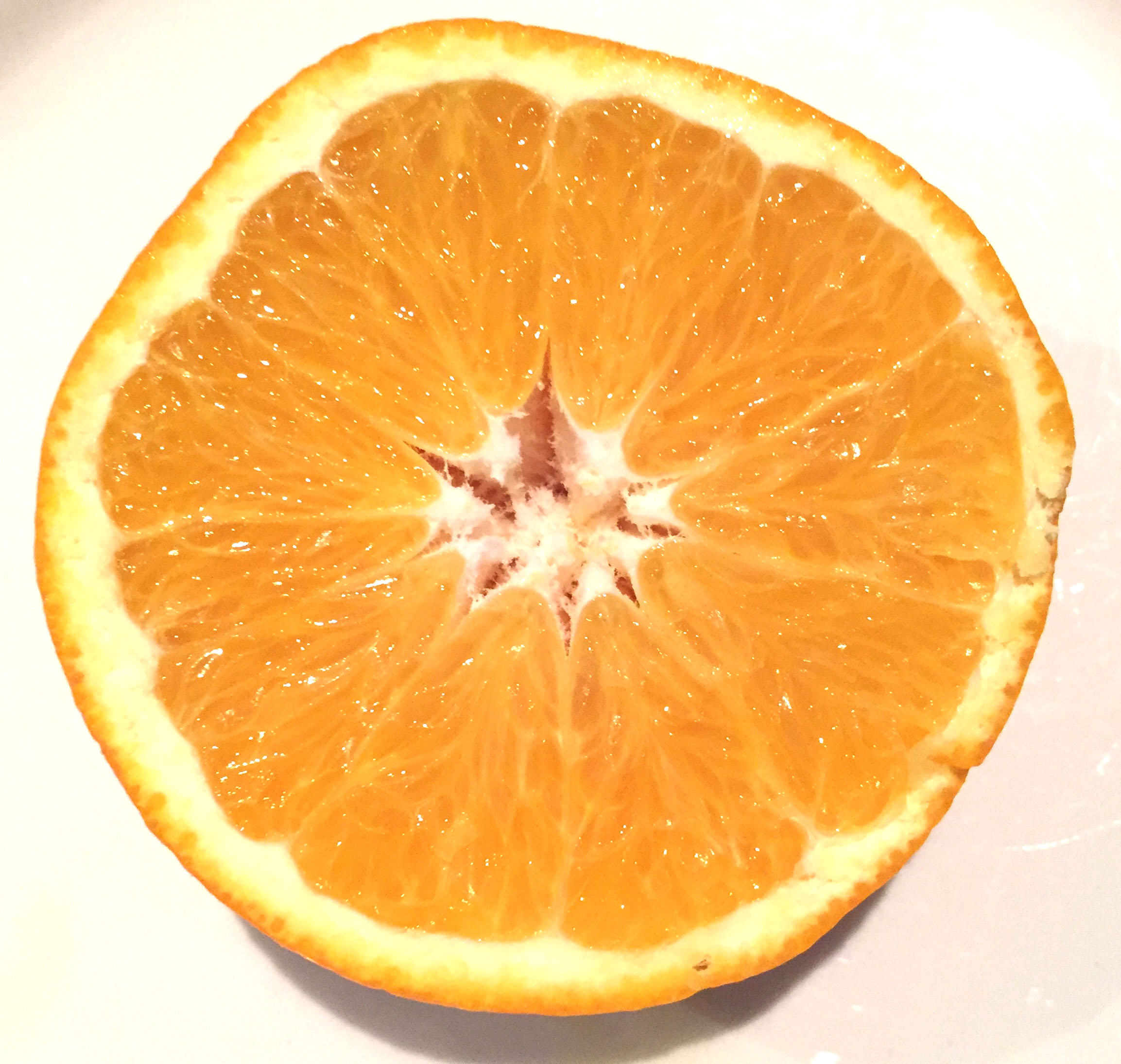
Repetitive Stress Shapes our Anatomy
In a living body, fascia looks like a watery spider web that runs in all directions, and shows us the importance of hydration and 3D movement. The way our body models fascia, skin and even bone is dependant on the mechanical stresses we subject our body to. In other words, over time, our habits form our anatomy. This process of remodelling is known in fascia as Davis’s Law, and in bones Wolff’s Law. Wrinkles are a great example of repetitive stress on our skin, and are easily influenced by providing the area with more varied movement.
Traditional body building approaches seek to increase muscle strength and size by loading muscles in isolation. Local muscle contraction has it’s place for building strong muscles, but often comes at a cost for building healthy fascia. Training muscles only in isolation can make us less efficient at integration, and loading the whole body in the variety of angles needed in every day life. Thus there is a gap between the way we train, and the way we live!
Given that most injuries are soft tissue, optimising your fascial system is very important! When we repeat the same exercise, fascia adapts to reinforce areas that are repeatedly used. Restrictions can result from playing a repetitive sport, being injured and immobile, or simply moving through life with a preferred hand/leg.
Areas of fascia that don’t move often become dehydrated and stuck with decreased proprioception, and ability to mitigate force to the rest of the system. For example when we sit for long periods, the water is pushed out of the tissue in the back of the legs/hips, and the lack of movement means that that fascial fibres are laid down chaotically. When we try to move, these areas can struggle to integrate with the system, often causing stiffness and pain.
Stuck Stress
Anatomist Gil Hedlley calls stuck fascia “fuzz,” and says that it represents time in the body. The thicker and more stuck it is, the longer the area has been “fuzzing over.” Glued up fascia binds multiple layers of tissue, forcing co-contraction of muscles. This can lead to injury, lack of coordination, fatigue, decreased strength and efficiency of the whole system. With improved awareness, we can start to unglue and undo dominant patterns by providing the fascia with more diversity.
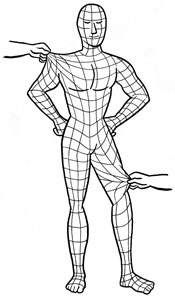 This photo illustrates how a superficial ‘snag’ will impact the whole surface and have restrictions on global movement. This is how old injuries or scars can later create dysfunction elsewhere. To try this on your own body, grab a firm handful of fabric on your shirt, near your opposite hip, and then try moving that arm in different directions. You will feel the restriction it causes.
This photo illustrates how a superficial ‘snag’ will impact the whole surface and have restrictions on global movement. This is how old injuries or scars can later create dysfunction elsewhere. To try this on your own body, grab a firm handful of fabric on your shirt, near your opposite hip, and then try moving that arm in different directions. You will feel the restriction it causes.
Bulletproof Fascial Fitness
The brilliance of addressing the fascial system, is that positive change in one area can influence the whole body. The smallest changes in movement efficiency will have vast improvements to how you move and feel. Here are some of the best strategies to help improve your fascial fitness. (In this blog I’m not going into the nutritional and environmental effects on fascia, because if you follow the Bulletproof® Diet, you are probably savy with what works.)
Change your habits to change your anatomy.
Fascia craves variability, and repetition is the enemy. When we challenge the body with different angles, speeds, forces etc, our body will adapt and fortify our fascial web. Changes to the fascial system can take time, but can also happen instantly. The body is smart and will always take the path of least resistance. 10 minutes of fascial work to undo dominant patterns, might not be enough compared to the time you spend performing the dominant pattern. Seek out opportunities to perform tasks with your non-dominant side, or in slightly different angles, to change how you are loading your tissue. Variety really is the spice of life.
Hydration
Hydration is not a factor of how much you drink, it’s more accurately the result of how much you drink, and how intelligently you move to pump the fluid throughout your body. Inefficient fascia is dehydrated. Our fascia absorbs and dispels fluids much like a sponge, and needs movement to create a pressure difference to draw fluids in, and push waste fluids out. If areas on your body are sore and stuck, then you must find ways to move and hydrate them. Sitting at a desk all day and drinking litres of water, simply won’t cut to get fluid to areas that are already lacking movement. Heat, movement, fascial release, vibration training and massage are great strategies to boost hydration.
Local Fascial Fitness
Local fascial adhesions (think trigger points) can be released in a variety of ways. Stretching isn’t one of them. You can’t stretch a fascial knot; you must break it up, and then realign the fibres with movement. Manual therapies like massage or rolfing are fantastic, but can get expensive. A simple way to do it yourself is with a foam roller, or a trigger point ball. To perform fascial release simply locate the area and drag or traction the skin and superficial fascia for about 20-60 seconds. Ideally you should be able to feel your skin shifting slightly over the area you are working on. Try to notice the direction that the tissue is less able to move, and gently nudge it that way.
When performing fascial release, less pain means more gain. Avoid anything that gives you more than 7/10 pain. We find the smaller the movement, the greater the change. Being too aggressive often results in the tissue stiffening up, causing more stress and inflammation.
Don’t chase pain. Instead hunt for areas that you didn’t know were stuck. Tissue that is being overworked and stretched will often send pain signals, but the glued area that actually needs the release, will be de-sensitised, and provide you with less sensory feedback. Try searching above or below the area to see if it alleviates your pain.
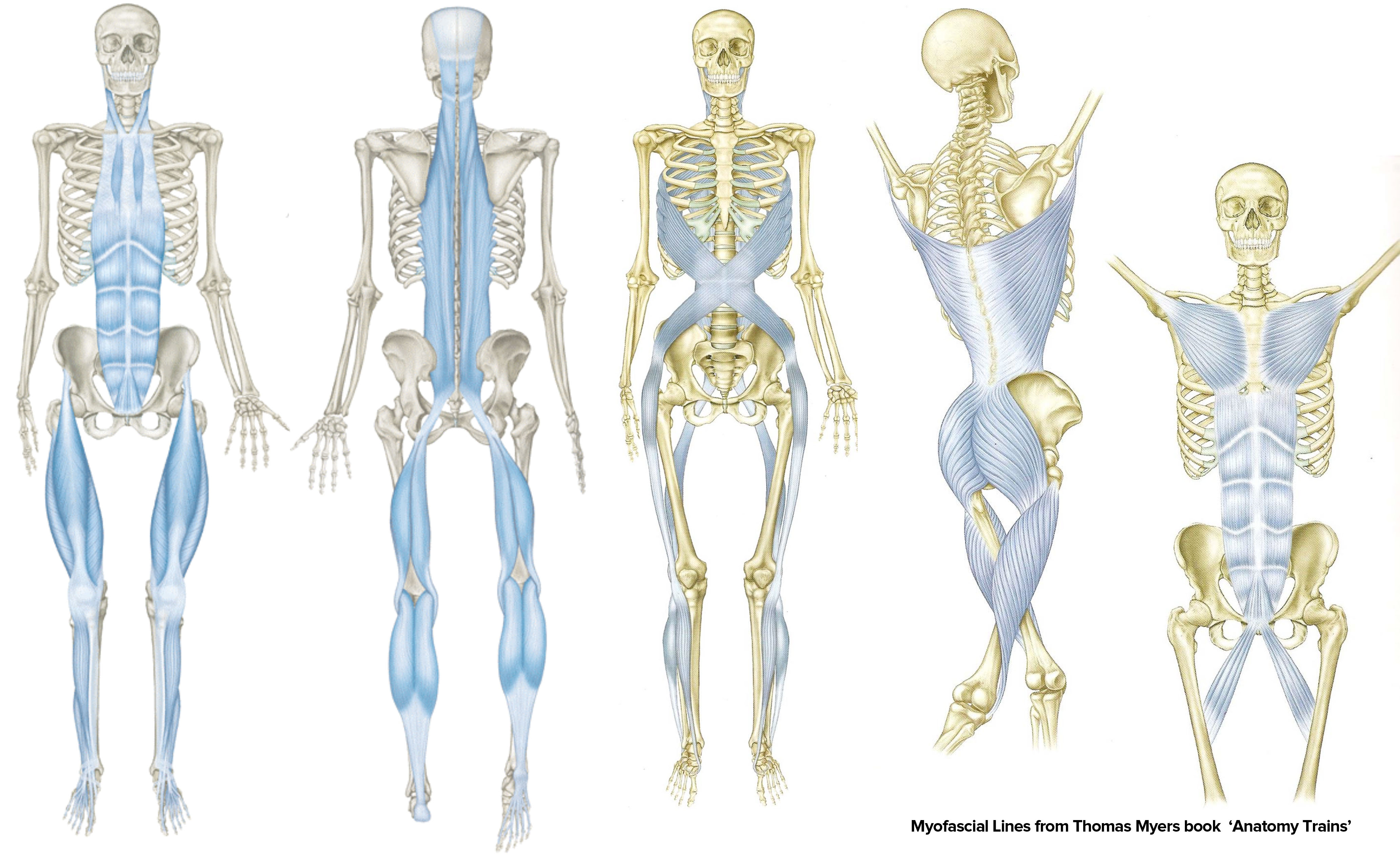 For more clues on where to look, check out these anatomy train posters of fascial meridians. For example pain on your left shoulder, might be connected to an old injury on your right ankle, or the shortening and inefficiency in the front of your body from prolonged sitting, is probably causing the pain signals on your neck or lower back.
For more clues on where to look, check out these anatomy train posters of fascial meridians. For example pain on your left shoulder, might be connected to an old injury on your right ankle, or the shortening and inefficiency in the front of your body from prolonged sitting, is probably causing the pain signals on your neck or lower back.
Movement training
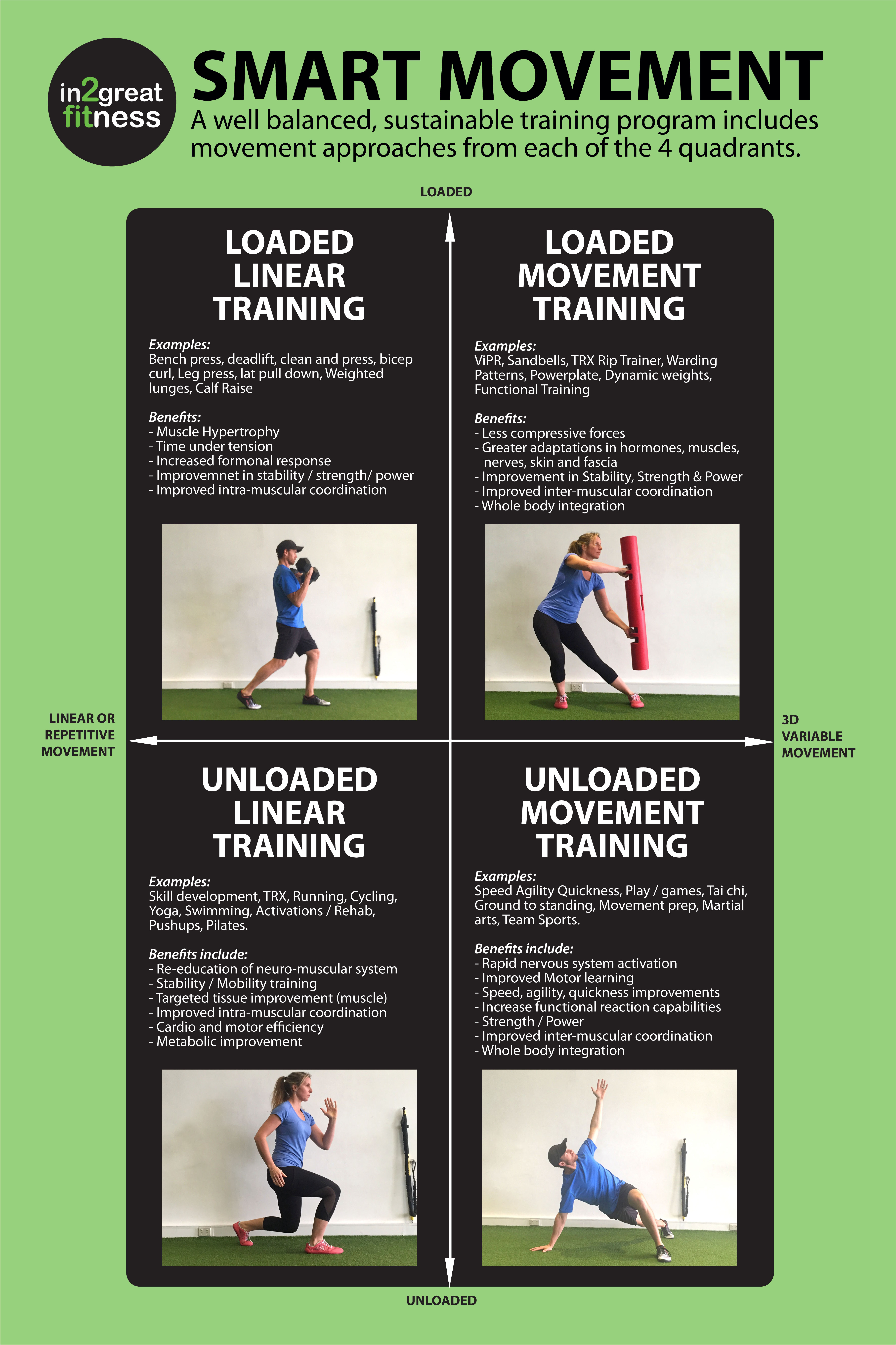 When it comes to movement, variation of forces, and using the whole body for movement is key for healthy fascia. Many of us are missing a variety of low intensity, nourishing daily movement, which is important for overcoming sedentary postures, and creating wellness. This chart modified from the institute of motion 4 Quadrant program design, discusses different types of movements, and the effects on the body. Training just the one way is not enough to create a balanced and healthy body. Injuries occur most often in those who are missing variety in their training. Are you spending enough time in each quadrant?
When it comes to movement, variation of forces, and using the whole body for movement is key for healthy fascia. Many of us are missing a variety of low intensity, nourishing daily movement, which is important for overcoming sedentary postures, and creating wellness. This chart modified from the institute of motion 4 Quadrant program design, discusses different types of movements, and the effects on the body. Training just the one way is not enough to create a balanced and healthy body. Injuries occur most often in those who are missing variety in their training. Are you spending enough time in each quadrant?
Try to include some movements from each quadrant into your program to build a healthier fascial system and perform small tweaks in your movements like turning one foot slightly in, or out in a squat, or taking one leg slightly forward of the other. Find subtle ways you can create different loads in every movement you do. Forget about perfect posture and balance, and feed your body some intelligent motion it can use, to build you more bulletproof fascia!
Further Resources
- Anatomy Trains
- Fuzz Speech Video
- Move It or Lose It – A free wellness program downloadable to your phone to help with low intensity variable movement for fascial health.
Fascial Movement Specialists around Australia
Western Australia
- Be Free, Northbeach,
- Sustainable Motion, Albany
- The Movement Room, Karratha
- Vivesco Health & Fitness, Tapping
South Australia
- Fundamental Fitness, Adelaide
- Core for Life, Blackwood
- Meant to Move, Adelaide
Victoria
- In2great Fitness, Brighton East
- Pivotal Health, Hughesdale
- Nimble Fitness, Prahran
- OD on Movement, Prahran
- Swift Fitness, Vermont South
New South Wales
- Primal fitness, Sydney
- Jan Hutman, Byron Bay
Queensland
- Train for life, Cairns
- Evoprime Fitness, Cannonvale
- OD on Movement, Noosa
